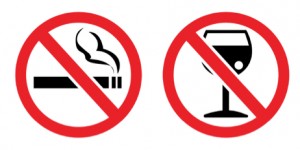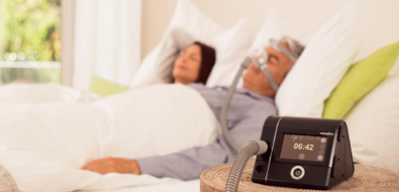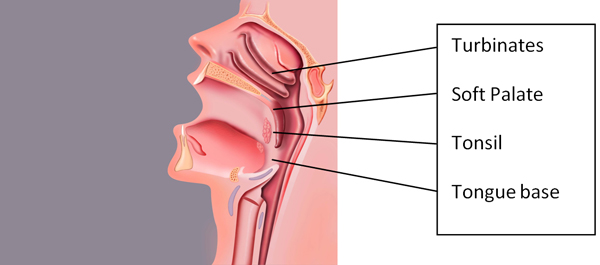Sleep Apnea Treatments
Non-Surgical:
There are various treatment options available depending on severity of your condition such as:
a) Weight reduction

b) Lifestyle changes

Smoking and drinking alcohol relaxes the muscles at the throat and may result in snoring . We should also adopt regular sleeping hours. An adult requires an average 6-8 hours sleep.
c) Change in sleep position

Often, snoring is increased when sleeping in supine position due to the collapse of soft palate. This can easily be rectified by sleeping on the side.
d) Mandibular Advancement Splint/ Oral Device
Some Mild to Moderate apnea patients may benefit from wearing an Oral device which brings out their lower jaw. This may open up the airway while you sleep.
e) Continuous Positive Airway Pressure (CPAP)

Continuous positive airway pressure (CPAP) is the most common treatment for OSA. Most devices used now are automatic in adjusting the pressure to deliver what is required to keep the airway opened, thus the interchangeable use of the term Auto-PAP (APAP). APAP therapy is non-invasive is usually well tolerated. However, patient interface (mask) is very important to ensure comfort and compliance of therapy. We do offer a 2 week CPAP trial program at EASMED.
Contact us to schedule a CPAP trial!
Click here for CPAP Maintenance Booklet
Click here for RESMED LUMIS 150 VPAP-ST Troubleshooting Guide
Surgical Treatments
In OSA, there may be various sites that restrict airflow such as turbinates, tongue and tonsils. One should seek an Ear, Nose & Throat specialist for full assessment as obstruction may be multi level. The success rate depends on patient’s age, tonsil size, tongue size, palate length, body mass index (BMI) and nasal pathology.
The various types of surgery are :
- Nose surgery – turbinate reduction with radiofrequency
- Palate surgery – Modified CAPSO, RF of palate, UPPP
- Tongue surgery – Hyoid repositioning, suspension surgery
Radiofrequency

Radiofrequency is a well-tried method using carefully measure amount of energy to reduce tissue volume to “create” more space and improve airflow either in the nose or oropharynx area. The gentle method of Radiofrequency Volume Reduction (RaVoR ™) is 4 MHz energy delivered with a probe inserted to the soft tissues, with minimal injury to the natural cilia and mucosa. This 4 MHz CURIS technology by Sutter is sensitive to tissue impedance to prevent “over burning” or damage to neighboring tissues.
This small surgical RaVoR ™ intervention is performed under local anesthesia on an out-patient basis and will not take longer than a few minutes. Immediately after the procedure, there may be light swellings or minor crusting on mucosa. The entire process is virtually free of pain and complications. You may resume work or activities immediate with minimum discomfort.
For more information on surgery, please consult your ENT surgeon.
